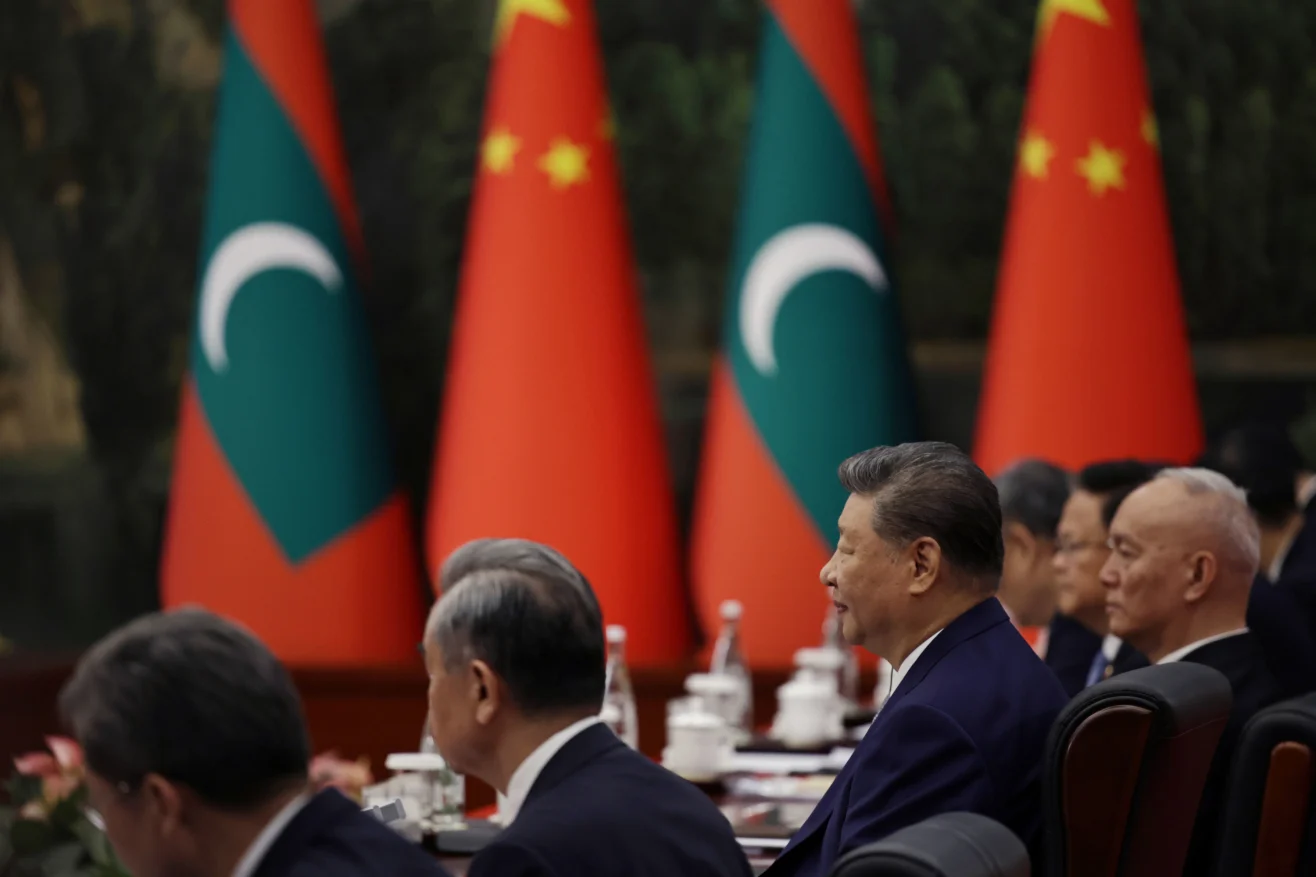For three days, Xi Jinping hosted leaders from Asia and the Middle East in one of China’s busiest port cities, projecting an image of diplomatic leadership. Now, he is preparing to contrast that soft power with hard power through a massive military parade in Beijing, featuring hypersonic weapons, nuclear-capable missiles, and advanced drones. This juxtaposition underscores Xi’s broader ambition: to position China as a global force ready to reset international norms and rival Western dominance.
The summit’s guest list included Russian President Vladimir Putin, North Korean leader Kim Jong Un, and Iranian President Masoud Pezeshkian, making it the first time leaders from what some in Washington call an “axis of upheaval” gathered together. Their presence symbolized a bloc of countries increasingly aligned against American pressure, particularly as Tehran and Pyongyang have directly aided Moscow in its war against Ukraine.
For Western nations, already struggling to isolate Putin, the optics of Xi openly embracing these leaders were alarming. Instead of using his leverage to pressure Russia to end its war, Xi demonstrated that he intends to set his own rules for global engagement. This move reinforced his image as a counterweight to the West rather than a mediator on its terms.
Xi Uses Global Uncertainty To Project Stability And Challenge Western-Led International Order
Xi’s timing is deliberate. With Donald Trump disrupting traditional U.S. alliances and unleashing a global trade war, China sees an opening to project itself as a stable alternative to Western leadership. Through pageantry and diplomacy, Xi is using America’s perceived unpredictability to present China as a reliable anchor in turbulent times.
The summit produced images of warmth and camaraderie, such as Indian Prime Minister Narendra Modi smiling alongside Xi and Putin, that carried as much symbolic weight as official statements. For regional leaders questioning Washington’s reliability, this visual demonstration of unity without the West was striking. As Brookings scholar Jonathan Czin noted, Xi is signaling that China is here to stay as a great power.
In speeches at the Shanghai Cooperation Organization meetings, Xi emphasized resisting “cold war mentality” and “bullying practices,” thinly veiled references to U.S. policies. He pledged financial aid and pushed for international system reforms, framing China as the responsible and stable leader in a chaotic world. His line that “the house rules of a few countries should not be imposed upon others” was a direct rejection of the U.S.-led order.
Xi Strengthens Alliances, Challenges U.S. Dominance, And Reshapes Global Order Narratives
Countries like India, recently targeted by steep U.S. tariffs for buying Russian oil, now find new reasons to lean toward Beijing. Even Southeast Asian nations long wary of China’s military assertiveness may reconsider their options in light of Washington’s unpredictable policies. Analysts suggest that if China hopes to woo such leaders, “the time is now.”
The gathering also marked a more visible alignment between China, Russia, Iran, and North Korea. While Beijing has avoided openly endorsing its aggression, Xi’s decision to host them together challenges Western attempts to isolate these regimes. By normalizing their presence, Xi signals his intent to redefine which countries are deemed acceptable in the international community, independent of U.S. views.
Xi is linking this push with historical symbolism, staging the military parade on the anniversary of Japan’s surrender in World War II, a reminder of China’s role as a wartime victor. Alongside Putin, he portrays today’s crises as stemming not from Russian or North Korean aggression but from U.S.-led alliances ignoring their “legitimate security concerns.” Ultimately, Xi’s campaign seeks to delegitimize U.S. leadership, weaken Western solidarity, and present China as a credible alternative in shaping the future world order.

Leave a Reply